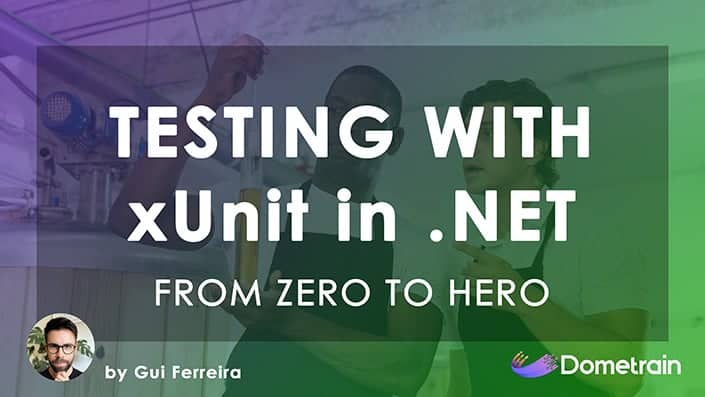Getting Started: Clean Architecture in .NET
Learn the principles of Clean Architecture in .NET with real-world examples. This course teaches you to build scalable, maintainable systems using proven architectural patterns.
About This Course
Course Curriculum
Meet Your Instructor
© 2025 Dometrain. All rights reserved.












